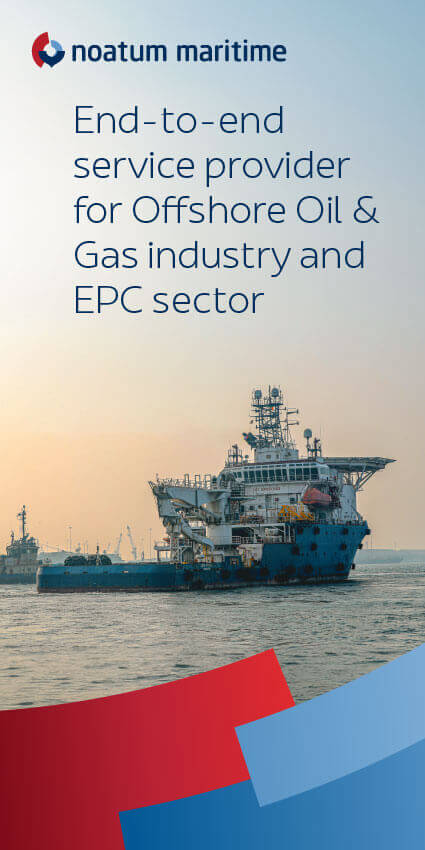According to a research report by Ashurst, G20 investors have shown a growing interest in the Middle East and North African (MENA) countries, especially for renewable energy, energy transition and decarbonisation technologies, contrary to their regional counterparts
The report, titled Powering Change: Energy in Transition, compiles the views of more than 2,000 senior business leaders (from G20 countries), on the changing global energy market; its aim to meet the rising energy demand and attempt at decarbonisation.
Although Middle East leads in the production of global oil and gas, it was identified as the second most popular region, for low-carbon investment by G20 respondents. It comes second after North America, in terms of current and planned investment.
Asia-Pacific and Latin America are the biggest investors in the energy transition in the Middle East, with 33 per cent and 32 per cent investments respectively. A wing of European companies is also on the lookout for investments upto 37 per cent in the Middle East, in the coming five years.
Those already investing in Asia-Pacific and Latin America, by 35 per cent and 38 per cent respectively, are looking to invest in North Africa in the next five years, seeing it as an attractive market for advanced wind and solar projects in Egypt and Morocco.
According to 31 per cent respondents in Argentina, 30 per cent in India and 24 per cent in Saudi Arabia, North Africa is the joint second-most popular region that the G20 investors are considering, for the next five years.
The development of large-scale solar power in North Africa, and their interconnectors to Europe, has been a much discussed and highly attractive proposition for European markets, looking to diversify their power sources.
However, companies in the Middle East are less likely to invest in their indigenous market. Only 18 per cent executives in the region said, they either invest, or have committed to investing, or consider investing in the energy transition, in the Middle East in the coming five years.
It is surprising, that only 34 per cent respondents feel that Saudi Arabia’s investment in traditional energy (coal, gas, oil) may flow into the energy transition the next year, which is a stark contrast to the global average of 62 per cent, and the lowest of all countries surveyed.
Across the G20, 94 per cent of respondents expect their organisation's investment in the energy transition to increase over the next five years, with the average increase expected to be 43 per cent.
Although the Middle East as a whole is seeing investment in the energy transition, there is a huge disparity between the countries.
For example, the UAE is currently developing one of the largest solar energy plants in the world, the Mohammed Bin Rashid Solar Park, although the region remains dependent on fossil fuels. Saudi Arabia has seen stunted investment, with 44 per cent of respondents pointing to the lack of available incentives and subsidies as the leading cause.
David Charlier, Ashurst's head of the Middle East, says, “Considering the huge renewable energy resources available in the region, it is not surprising that the Middle East and North Africa ranked high, in terms of current and future investment. In addition, the astonishingly low prices of solar power in the region have made the technology incredibly attractive to developers. With large solar projects underway, like those in the UAE and the ones still being planned in Morocco and Algeria, along with the interconnectors to Europe; it is clear that global investors appreciate the low-carbon potential in the region, despite it being the centre of the world’s oil and gas trade."
“Investment in renewable energy and decarbonisation technologies is on the rise. Although there are notable market variations, we see this as the dominant trend in the energy sector. Across the globe, there is a significant pressure on governments, corporates and financial institutions, to take action now. The outlook for MENA is no different. The region has experienced a growth in demand, despite being slower than some other regions, to turn to renewables. It is now very much in the vanguard of cost-effective, large-scale low carbon power production,” said David Wadham, Ashurst's global co-head of power & utilities.









